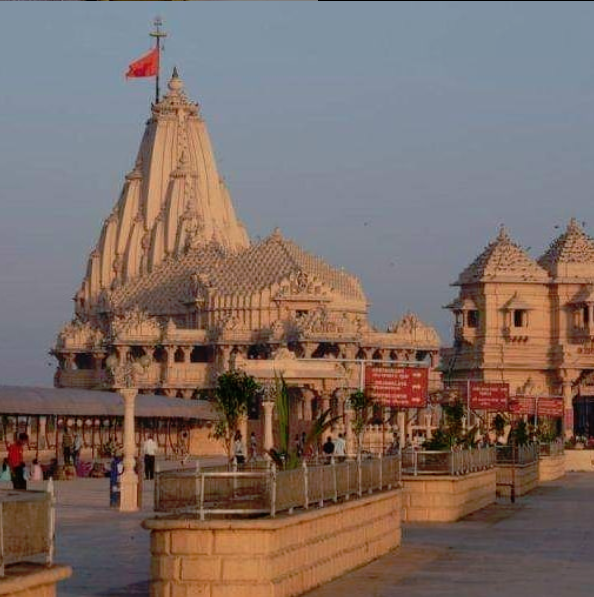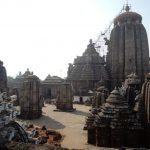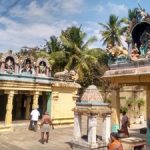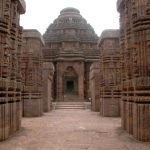If you are travelling through the state of Gujarat and seeking important pilgrimage sites, do not miss a visit to the iconic Somnath Temple.
Somnath Temple is a Hindu temple located in Prabhas Patan near Veraval in west Gujarat. Regarded as the first of the twelve J
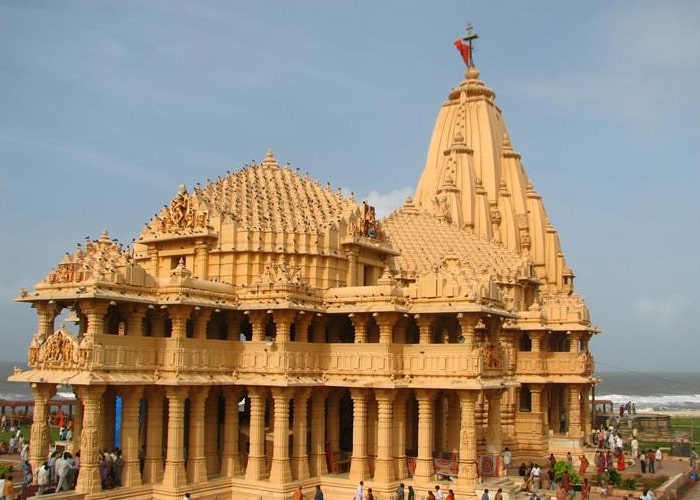
History of Somnath Temple
The Somnath temple history is a rich and varied one. Ancient texts such as the Skandpuran, Shiv Puran and Rig-Veda mention it. This signifies its revered nature since the dawn of Hinduism. Since ancient times, in fact, Somnath has been a pilgrimage site as it lies at the confluence of three sacred rivers – Hiran, Kapila and Saraswati. 10000 villages would donate funds to maintain the temple.
The first confirmed documentation of a temple at this site goes back to 649 BC, by the Yadava Kings of Vallabhi. King Nagabhata II later built a
Much latter, the first government of independent India, under

Legends about Somnath Temple
Somnath Mandir Gujarat is known for the many legends and stories that surrounds it. Some of these incredible legends are truly worth recounting.
- According to ancient Indian tradition, Chandra the Moon God had married the twenty-seven daughters of Daksha Prajapati. However, he favoured Rohini above all the others. Daksha, angered by this, cursed Chandra and took away his power(moonlight). Chandra then sought the help of Lord Brahma – on his advice, Chandra prayed to Lord Shiva at Prabhas Teerth. Shiva, pleased with his devotion, restored his light.
- According to a similar legend, Chandra bathed at the Saraswati River at this site to regain his lost light. The consequent change in tides resulted in the waxing and waning of the moon.
- Pauranic tradition states that Chandra built this temple out of gold, followed by Lord Ravana who rebuilt it out of silver. Later, Lord Krishna rebuilt the temple out of sandalwood. The Somnath temple is the first among these jyotirlingas. Lord Shiva allegedly appeared at these sites in the form of a blazing column of light. This column represented his supreme and unified reality. This is why Hindus worship the Somnath Shivling as a symbol of great power.
- The Banastambha (arrow pillar), located on the sea-facing wall of the temple, bears an iconic inscription. It states that the Somnath temple is the first point of land from that position to the South Pole in that particular longitude.
- The Somnath temple and its stories also captured the imagination of the British. In his 19th-century novel “The Moonstone”, Wilkie Collins mentions a diamond that was presumably stolen from the Somnath temple.
Facts To Keep In Mind When Visiting Somnath Temple
- Visitors can enter the temple for sightseeing and offering prayers between 6:00 AM and 9:30 PM. Aarti happens three times a day – at 7:00 AM, at 12:00 PM and at 7:00 PM.
- Entry to the temple is free for all. However, if you wish to perform a special yagna, you may contact the temple staff members to know the specific fees.
- ‘Jay Somnath’ is a light and sound show that happens every day from 8:00 PM to 9:00 PM, except during the rainy season. Mesmerising music from the damroo, shehnai and bells play during the light show. The famous actor Amrish Puri narrates the performance.
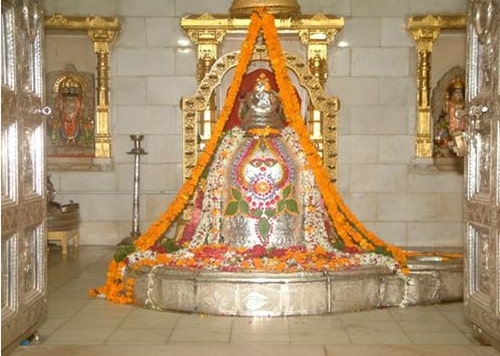
- You can’t take photographs or videos within the temple complex. You need to leave your mobile phones and other electronic devices outside at the main gate before entering.
- Wheelchairs or golf carts are available for the convenience of senior citizens or differently abled visitors.
- The temple museum features several old temple relics. It also showcases photographic documentation of the excavation site where archaeologists found the old temple ruins.
- If you wish to visit the other temples nearby, you can board the Tirth Darshan bus. It leaves from the Somnath temple gate at 8:30 AM and again at 3:30 PM.
- There are multiple eateries near the temple, but they only sell vegetarian delicacies. You can also visit stalls that sell ice-cream and buttermilk.
How To Get There & Where To Stay
The best time to visit Somnath, Gujarat, is between October and March. Gujarat is usually quite hot, but the weather is cool and pleasant during those months. Somnath Temple Gujarat is located 85 kilometres from DIU airport, 200 kilometres from Rajkot airport and 390 kilometres from Ahmedabad airport. From there, you can hire a car to take you to the temple. You can also take a train to Somnath Railway Station (0.5 kilometres away) or Veraval Railway Station (7 kilometres away). Taxis are available at all the railway stations. Bus services, both private and government-run, also ply regularly between Somnath and cities and towns of Gujarat. For local travel within Somnath, auto-rickshaws are the cheapest and easiest option.
Shree Somnath Trust offers guesthouse facilities for pilgrims and tourists. This is a good and cheap option for devotees performing the Somnath yatra. These include luxury rooms, mid-range rooms and an economy-style dormitory. You can book rooms by contacting the Shree Somnath Trust staff members directly. In addition, you can book several

Places To Visit Around Somnath Temple
- Bhavnath Fair – The Bhavnath Temple near Damodar Kund plays host to this fair. It is a short distance away from Somnath temple. The five-day festival is held during Mahashivratri in February-March. Hindus from all over the country flock to the fair, and it is celebrated with great pomp and show.
- Gir National Park – This park is famous as the last remaining home of the Asiatic lion. This lion is an endangered species – however, its population is now gradually increasing thanks to the conservation efforts conducted. The park also features several unique animal and bird species. Some of these are the four-horned antelope, the striped hyena, the marsh crocodile and the crested hawk-eagle. You can enjoy wildlife safaris here in the company of a forest guide.
- Veraval Beach – This is a beautiful and pristine beach because it is free from pollution and commercialisation. You will greatly enjoy strolling along this beach, as you can watch the sunrise or sunset. Visit the beach during the winter months to enjoy the best weather.
- The nearby Prabhas Patan museum houses many more idols and relics from the older temple complexes.
Conclusion
As




